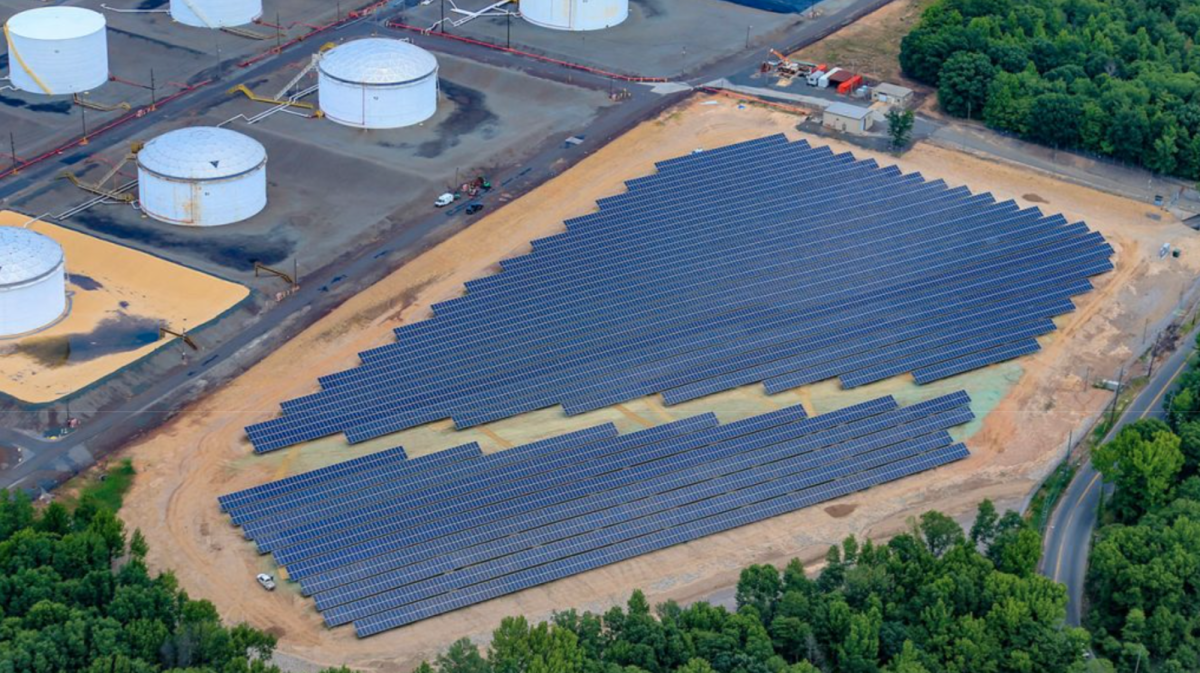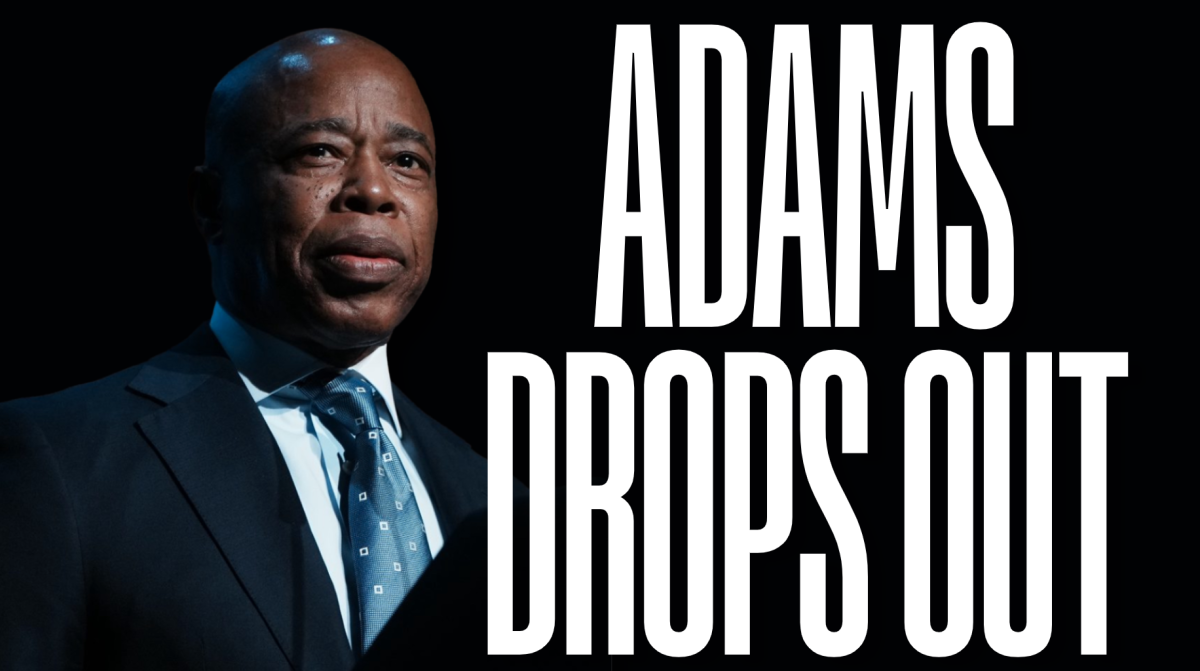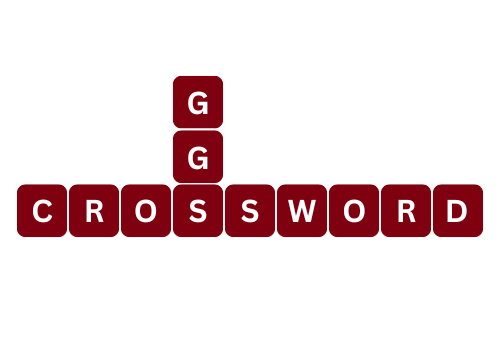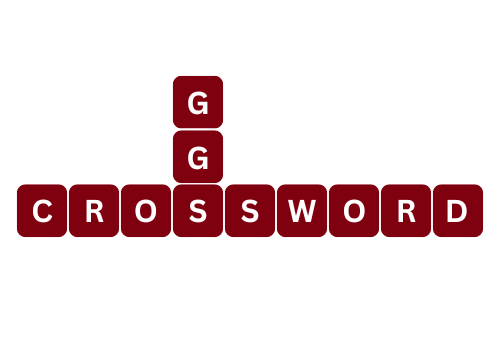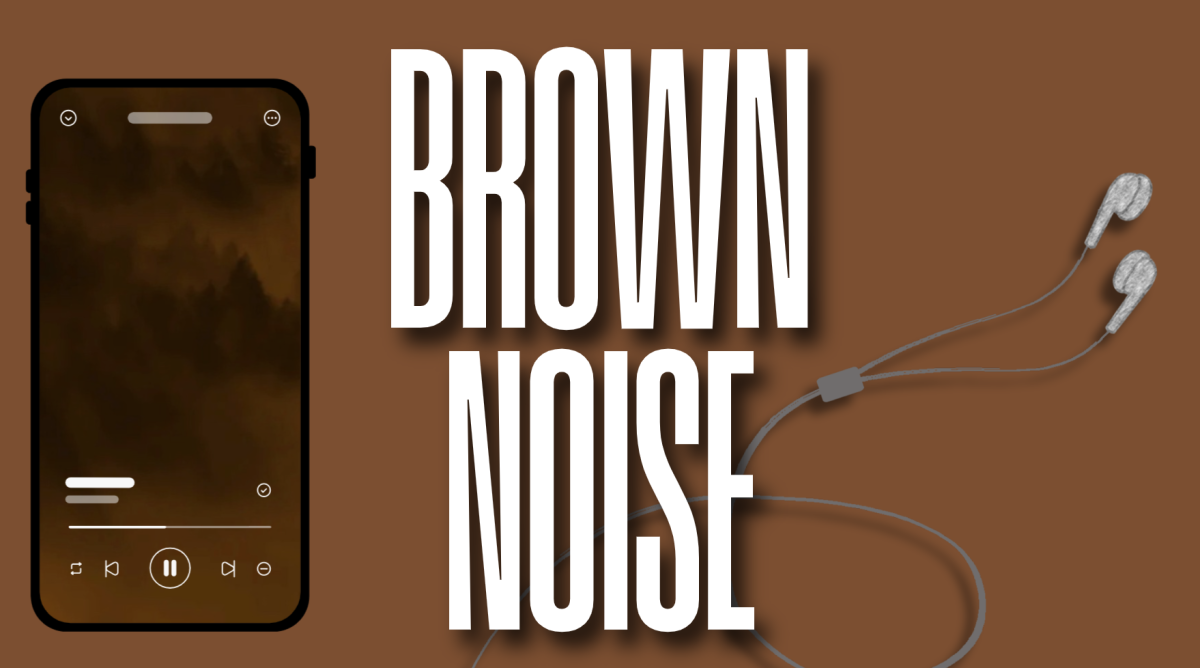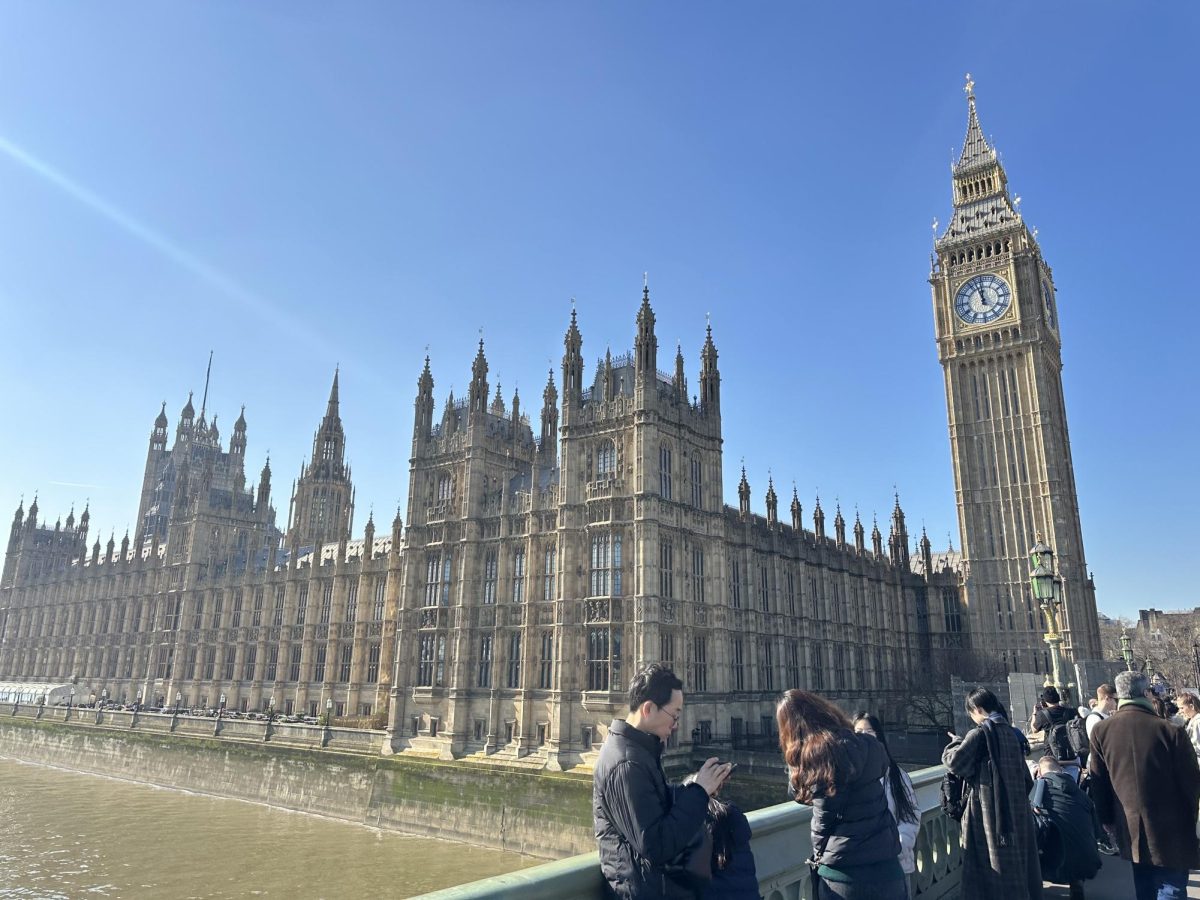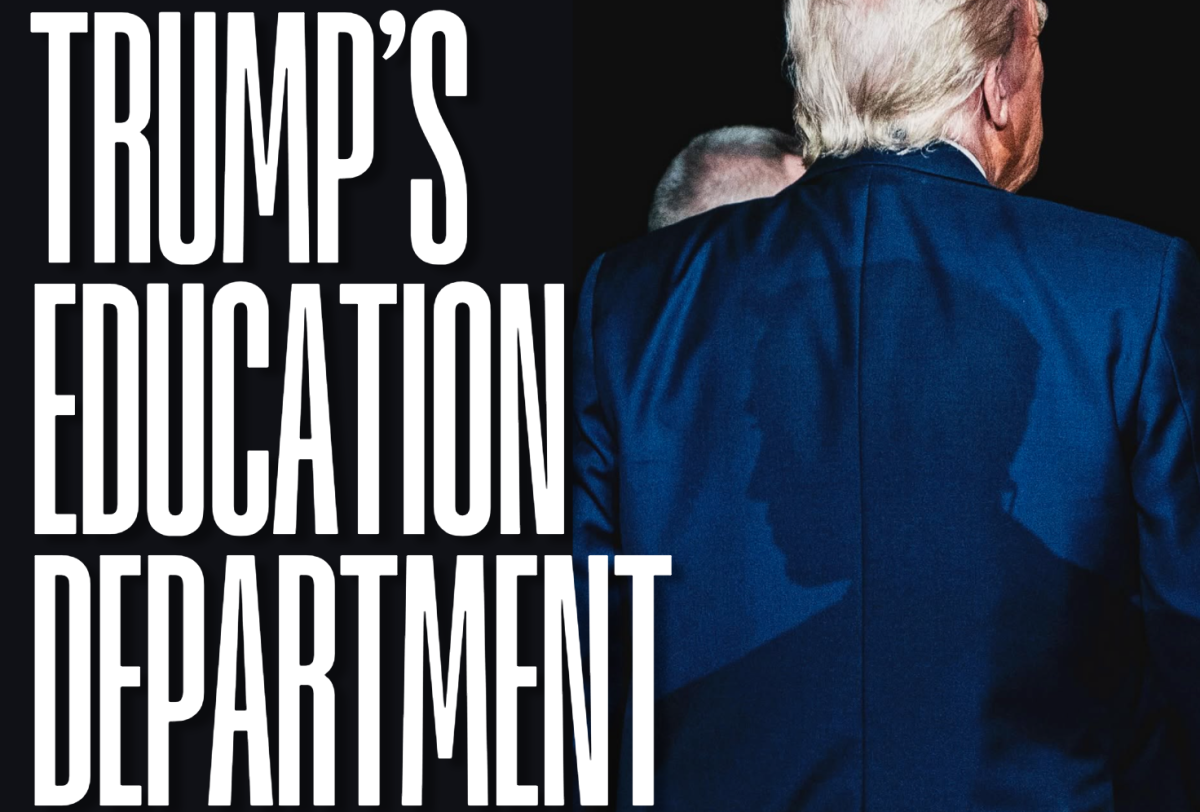A government shutdown is almost always a nightmarish event to live through. Vital services and benefit programs are brought to a screeching halt, political tensions become frustratingly inflamed as an endless cycle of accusatory finger pointing begins and countless federal workers find themselves struggling to provide for their family as they are furloughed or out of a job entirely.
Nevertheless, as horrid as life can become during a shutdown, things tend to correct themselves. In fact, the awful state of affairs that arise under a shutdown actually seem to function as an antidote of sorts, effectively imbuing politicians with a sense of urgency to right the proverbial ship with some backroom compromise that brings things back to a state of relative normality.
Yet, this year’s government shutdown just feels different. It simply feels more meaningful — like its consequences will prove to be more dire, like its legacies will prove to hold more weight and like its afterlives will haunt this nation long after we are all gone.
Sadly, it is the opinion of this editorial board that these intuitions — these foreboding premonitions — are perhaps correct and well-founded. In other words, it ultimately seems to us that this particular government shutdown carries with it more political weight than any of those that have come before it, as it has constitutional and normative stakes that will dictate how this country looks and is governed for years to come.
Take, for instance, the manner in which the Trump administration has handled this shutdown. Instead of responding to this sociopolitical crisis with any degree of political maturity or an attitude that would lend itself to genuinely productive reconciliation with Democrats, President Donald Trump’s White House has instead used this current crisis to legitimize, and perhaps even normalize, an unprecedented weaponization of its executive and bureaucratic power.
Perhaps most visibly, the Trump administration has dangerously harnessed official governmental channels to engage in a smear campaign full of petty, unproductive and divisive conduct. They have not only used official governmental websites to endorse overtly partisan narratives and frame this crisis as an issue caused by the “Radical Left,” but they have also actively spread disinformation, with Trump himself posting a potentially misleading (and perhaps racist) deepfake video of Democratic lawmakers discussing the shutdown on his official Truth Social account. Moreover, Trump has additionally seized upon the funding lapse caused by this shutdown to justify using various Make America Great Again (MAGA)-controlled bureaucratic agencies and the Office of Management and Budget (OMB) to carry out a series of retaliatory cuts to various governmental programs and initiatives championed by his political opponents. Just here in New York City alone, Trump not only vengefully froze around $18 billion dollars in funding that was meant to go towards a massive infrastructural overhaul of a portion of NYC’s subway system, but he also stripped NYC of its portion of a funding bloc meant to go towards green energy projects. Notably, in both instances, he and his administration very publicly identified the impetus for these rather shocking moves on Democrats’ role in this shutdown.
On the other hand, consider the monumental stakes for Democrats in this shutdown. After months of offering up nothing more than fruitless and impotent responses to the Trump administration’s terrifying slide into authoritarian tendencies, they finally have a way of actually putting a wrench into MAGA’s plans: simply refusing to come to the negotiation table. The formula for fighting back has never been and never will be simpler.
For one, Trump’s political project simply cannot survive a sustained shutdown on the logistical front. To be sure, he can certainly continue to vengefully slash progressive programs, but some of the bureaucratic arms and mechanisms that his administration relies upon to carry out its initiatives will effectively cease to function without funding or staffing. The United States Immigration and Customs Enforcement (ICE), for instance, may soon face hiring delays due to impending logistical shortcomings, while many of the high-profile cases that the Trump administration is actively litigating are slated to be shelved as federal staffing rollbacks, especially in the federal judiciary, get under way.
More importantly for Democrats, however, is the fact that Trump simply cannot optically afford to have the court of public opinion turn against him more than it already has. To be blunt, the reality is that his presidency is already terribly unpopular with the American public under normal conditions: a recent September Quinnipiac University poll revealed that he does not have majority support for any of his major policy initiatives (immigration, trade, the Israel-Palestine conflict, etc.), while his aggregate net approval rating across all major reputable pollsters has consistently hovered around -7.2% in the past couple of months (i.e., around 52% of Americans tend to disapprove of his job performance). A government shutdown, however, is understandably not likely to make anybody view him and his administration more favourably than this, as polls have already shown Americans are prone to blame the party currently in power for the present state of affairs. And should one consider these two realities in light of each other (i.e., that Trump is already unpopular, and that a government will certainly not make him any more popular), a sustained government shutdown may very well prove to be a breaking point for the Trump administration’s future prospects, effectively pushing them past the point of no return when it comes to the public’s willingness to tolerate anything MAGA.
Considering all this, then, by refusing to come to the negotiating table, Democrats do have a very real, albeit de facto and negatory, way of not just cutting the Trump administration off from the logistical support it needs to carry out many of its unsavory policies, but also the public support it needs to stay in power.
However, amidst all these extremely important moving political pieces to this shutdown, one must not lose sight of the fact that all this politicking — whether it’s letting everything crash and burn or weaponizing the shutdown for retaliatory purposes — is going to come with very real world consequences … Real human beings will be the ones to lose their jobs and therefore struggle to put food on the table; just as real families will find the programs that they depend upon to live and unable to provide them with assistance. In other words, to paraphrase the great Ta-Nehisi Coates, one must not forget that this shutdown, with all of its disruption and political maneuvering, is going to come back upon the average American with great violence and great harm. Thus, while The Fordham Ram has no simple answer for how this shutdown should be handled, it nonetheless urges our leaders to not only consider the constitutional and political weight of their actions, but to also always keep an eye towards the real world consequences of their actions. After all, the end goal of a constitutional republic is to provide a civic space where human life can flourish.
















